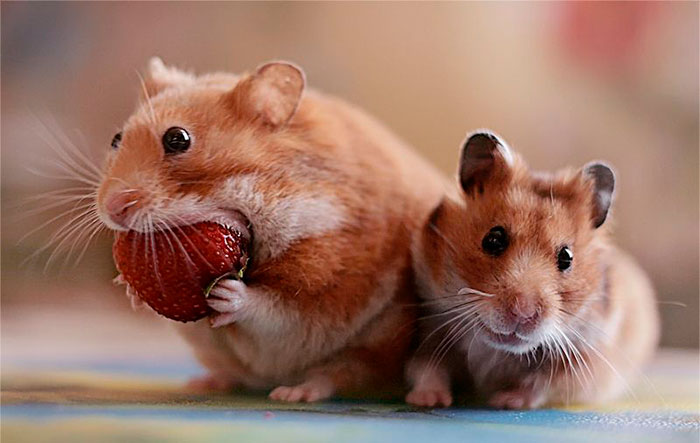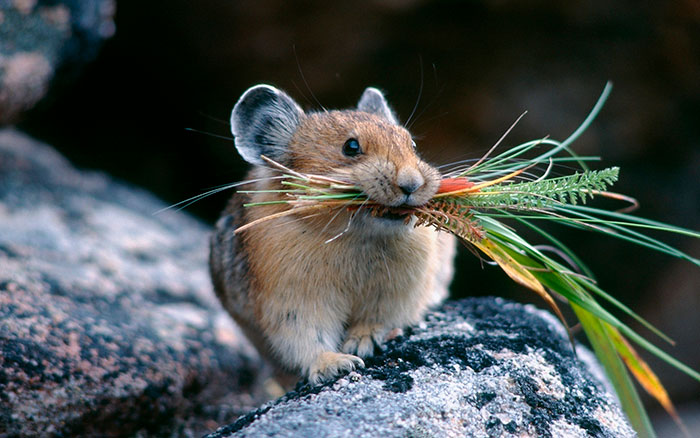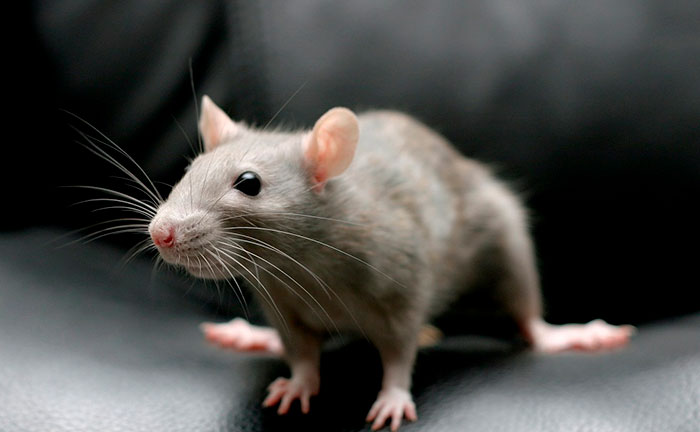We saw a mink on a personal plot - it means that pest rodents have come to visit you. There are many digging species of animals, and all of them are dangerous for the economy in their own way. Depending on belonging to a particular species, it is necessary to build a method for combating rodents. The description and photo will help to identify them.
Signs of rodents. What you need to know about them
Rodents are hares, rats, mice, etc. There are more than 1700 species of them. All wild varieties also belong to the category of rodents, pests, but not all of them can be found on the site. Those that you find in the country will be medium-sized (8-35 cm). All rodents are capable of causing serious damage to the crop on your site. If they start up in the garden, it is easy to determine this by the following signs:
- damaged (gnawed) bark on the trunk and shoots, branches, buds, roots;
- a network of holes in the ground, eating underground elements of bulbous plants;
- destruction of the crop in the process of ripening and its stocks during storage.
Attention! Pests of the garden are also considered shrews with moles, which are not included in the category of rodents. They are insectivorous and cause damage to garden crops by digging up the root system. On the other hand, along the paths of these pests, mice massively penetrate the site, which attack the crop.
Pest mice: classification
Mice do not like people and rarely settle in houses, but willingly come for food to inhabited and well-groomed areas. Varieties of rodent pests:

- Forest mouse. It has a body 9-11 cm long and a short tail, up to 10 cm. Natural habitat: forests, gardens, fields, meadows. For life digs a deep hole. Moves by jumping. The diet of the rodent includes greens of garden crops, seeds, insects.
- Yellow-throated mouse. The body is 10-12 cm long with a rather long tail, up to 13 cm. There is a characteristic yellow spot in the region of the rodent's abdomen. This mouse also does not run, but jumps, climbs well. It lives in a nest, which it builds in hollows or burrows. It feeds in the same way as the forest.
- Harvest mouse. Short body (average 10 cm), short tail (up to 9 cm), black stripe on gray back. In winter, it lives in warehouses and barns, in nature it settles in fields, forests and gardens. The rodent is characterized by average fertility (4 litters of 6-8 mice per year). It feeds on earthworms and productive horticultural crops.
- House mouse. Body length - 8-11 cm, tail - no more than 9 cm. Very prolific (up to 7-8 litters of 8 cubs per year). A group of mice lives in large families that unanimously attack people's plots and dwellings. They live in fields, in gardens, in autumn they move to residential buildings. Rodents pests feed on plants and invertebrates.
Voles: varieties and harm
The vole has similar characteristics to other mice. Its feature is a dark stripe on the back, slight differences in the muzzle, and a shorter tail. Classification of the type of rodent pests with names:
- Vole ordinary. The body is about 9-12 cm long and has a very short tail (4 cm). The fur is grey. The rodent multiplies intensively. Young mice reach sexual maturity very quickly. On the basis of family ties, colonies arise, for which individuals build an extensive network of tunnels with pantries and other compartments. The rodent feeds exclusively on plants and grain.

- Field vole. The length of the calf is about 11 cm, the tail is about 4 cm. It has looser and longer fur than that of the common vole. Color - brown. Rodent minks should be looked for in dense grass. He loves plants and can covet the succulent bark of young trees.
- Red vole. Length - up to 11 cm, tail - up to 6 cm. It has a characteristic red coat. It can live both underground and in some kind of shelter on the surface. The rodent is not very fertile as for mice. Eats bark, plants and grains, insects and invertebrates.
Other rodents garden pests
From the category of rodents, pests are especially dangerous rats. Many of them can attack domestic animals, damage property, carry diseases and be aggressive towards humans. For example, a gray rat (pasyuk) reaches 27 cm in length and has a tail up to 23 cm. The coat can be gray and black. This rodent builds passages in almost any terrain.
Attention! The offspring of one female gray rat is 6-9 individuals 2-3 times a year.
The black rat is slightly smaller and less prolific. The color of the fur contains brown colors. The rodent can build a dwelling even on a tree, because it climbs well. Less dangerous than gray, because it prefers plant foods.

gray rat
Rats are sometimes referred to as water voles. An adult reaches 20 cm. The tail lengthens the body by another 6-13 cm. The color of the rodent is brown-gray, sometimes black. It swims well (including under water), so it often settles near water bodies. Dimensions allow the rodent to eat not only garden greens and seeds, but also roots with root crops. The water rat builds its extensive network of passages under the surface of the earth. Offspring - about 14 cubs 2-3 times a year.
Methods of struggle against mice and rats differ from each other. Therefore, by correctly identifying the type of rodent pests, you will find the best way to solve the problem.
